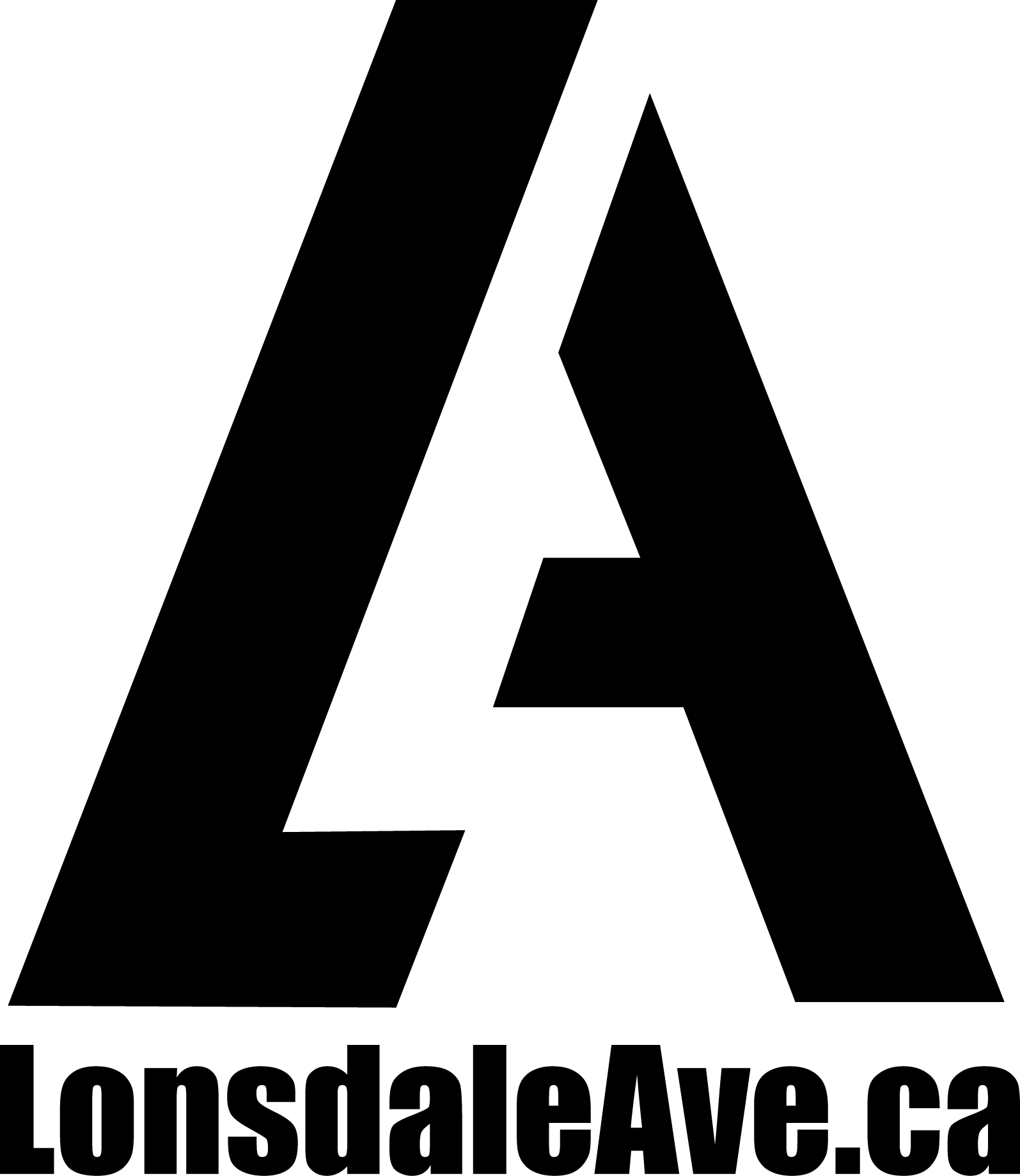As digital experiences become increasingly central to our daily lives, it’s critical that businesses design websites to meet the needs of their users. However, many sites are overloaded with flashy animations, excessive scrolling, and unnecessary clicks, creating frustration and accessibility barriers. In a world where the majority of users browse and shop on mobile devices, simplicity is paramount. Let’s explore why straightforward design is essential for a positive user experience and how companies can achieve it by focusing on user intent, accessibility, and genuine value.
Understanding the User’s Intent
Designing a successful website starts with understanding why people visit in the first place. Each visitor arrives with specific goals, whether it’s finding information, making a purchase, or contacting support. Websites should facilitate these objectives, not hinder them with unnecessary design elements.
Direct Access to Information
Users should be able to quickly access what they need without sifting through complicated navigation or multiple clicks. Complex animations and graphics often obscure key information, forcing visitors to hunt for what should be readily accessible. In contrast, simple designs that prioritize important content and clear navigation lead to a smoother, faster user experience.
Streamlined Navigation
Effective navigation is intuitive and straightforward, enabling users to find the information they seek with minimal effort. In a world where attention spans are limited, convoluted menus and redundant links are a surefire way to frustrate visitors. Instead, organize content logically and minimize steps, allowing users to get where they need to go as quickly as possible.
Clear Calls to Action
Users appreciate guidance, and well-designed calls to action (CTAs) serve as helpful signposts. Rather than dressing up CTAs with animations or splashy visuals, keep them simple and obvious. Effective CTAs lead users directly to their goals, whether it’s a product page, checkout, or support resource. When users can seamlessly complete actions, they’re more likely to convert from visitors to loyal customers.
Why Simplicity is Powerful
The world’s leading retailers and brands, such as Amazon and Walmart, have mastered the art of simplicity. Their websites strip away distractions, focusing instead on usability and direct access to information. Complex, flashy websites may look impressive, but they often come at the expense of user experience and performance.
Less Scrolling, Fewer Clicks
When visitors must scroll through lengthy pages or click through multiple layers to reach their goal, the experience becomes frustrating and time-consuming. A key principle of user-friendly design is minimizing the number of actions required to accomplish a task. Aim for a maximum of 1-3 clicks to reach any major page. By eliminating excessive steps, businesses can deliver a faster and more enjoyable user journey.
Simple, Direct Language
Clear language fosters understanding and reduces cognitive load. Instead of relying on jargon or dense text, opt for language that speaks directly to the user’s needs. Simple, straightforward content is not only easier for all users to understand, but it also translates more accurately for global audiences.
A Seamless Checkout Experience
For e-commerce businesses, the checkout process is often a pain point for users. By creating a streamlined checkout experience, with minimal steps and clear prompts, businesses can reduce cart abandonment rates and increase conversions. Complex, multi-step checkouts are often a barrier to purchase, especially for mobile users, who expect a fast and intuitive shopping experience.
Accessibility is Essential
Accessibility is not just a feature; it’s a necessity. Many websites, particularly those heavy on animations and custom graphics, fail to consider accessibility needs. This can prevent users with disabilities from fully engaging with the site, ultimately limiting the business’s reach and impact. Accessibility should be a core part of web design from the beginning, ensuring that everyone, regardless of ability, can use the site with ease.
Avoid Excessive Animations and Graphics
While animations can add aesthetic value, they’re often distracting and challenging for users with cognitive or visual impairments. Sites that rely heavily on animations risk alienating these users. Simple, static designs are generally easier to navigate and understand, especially for users who depend on screen readers.
Compatibility with Screen Readers
Screen readers play a vital role for visually impaired users, reading website content aloud to facilitate navigation. Flashy designs with dynamic content are often incompatible with screen readers, creating a barrier for those who depend on them. Ensuring that your website is compatible with screen readers allows for a more inclusive and welcoming experience.
Keyboard Navigation for All
For users with mobility impairments, navigating a website by keyboard alone is essential. When sites require intricate mouse movements or complicated scrolling, these users are often left out. By optimizing for keyboard navigation, businesses can improve accessibility and make their site more user-friendly for everyone.
Building Trust Through Transparency and Genuine Value
In an era of information overload, users gravitate towards brands that are transparent, authentic, and focused on delivering genuine value. Websites packed with complex design elements can obscure the core message, diluting the brand’s identity and creating distrust. Clear communication, honest customer service, and efficient problem-solving are the foundations of a website that fosters trust and loyalty.
Transparent Value Propositions
Users should instantly understand what a business offers and how it can meet their needs. Value propositions need to be clear, concise, and prominently displayed. When users know exactly what to expect, they’re more likely to engage, explore, and ultimately convert.
Honest, Accessible Customer Service
Effective customer service begins with accessibility. Users should be able to locate support options without navigating through layers of pages or pop-ups. Prominent, easy-to-find contact information, chat options, and self-service resources demonstrate that a business values its customers’ time and needs.
Efficient Problem-Solving Resources
A well-organized FAQ page, clear troubleshooting guides, and prompt customer support contribute to a seamless user experience. Users visit websites to solve problems or find answers, and when a business makes it easy to do so, they build trust and encourage future engagement.
Embracing Universality with Simple, Adaptable Design
A well-designed website is not only easy to use but also adaptable across languages and cultures. Overly complex designs often lose meaning and relevance when translated for different audiences. Websites that embrace simplicity and universality are better suited for a global audience, broadening their reach and increasing engagement.
Language Adaptability
Clear and simple language translates more effectively than complex, nuanced text. When websites use direct language without regional slang or idiomatic expressions, they’re more accessible to international users. This straightforward communication style makes a website feel welcoming and inclusive, regardless of a user’s native language.
Cultural Compatibility
Complex animations and graphics can carry cultural connotations that don’t always resonate globally. Simple, minimalist designs are often more universally appealing and reduce the risk of alienating users from different cultural backgrounds. By embracing a straightforward approach, businesses can appeal to a broader audience and create a more universally friendly experience.
Broader Audience Access
When websites prioritize adaptability, they’re easier to use across various devices, screen sizes, and languages. Simple, streamlined designs load faster, look better, and function more reliably on diverse platforms. This universality opens up businesses to a larger audience, helping them grow in an increasingly globalized world.
The Essence of a Great Website is Simplicity
In the fast-paced, mobile-driven digital landscape, the most successful websites are those that prioritize clarity, efficiency, and inclusivity. Businesses that overcomplicate their websites miss the mark on what users actually want: a seamless, straightforward experience that respects their time and accessibility needs.
- Prioritize User Needs: Understand your audience’s goals and create direct, intuitive pathways to meet those needs.
- Eliminate Unnecessary Design Elements: Avoid flashy graphics, animations, and excess navigation that distract from your core message.
- Design for Accessibility: Ensure that your website is accessible to all users, including those with disabilities, by adhering to basic accessibility standards.
- Keep It Universally Adaptable: Embrace a simple, adaptable design that appeals to a global audience and translates effectively across languages and cultures.
By focusing on these principles, businesses can create websites that are not only visually appealing but also functional, efficient, and inclusive. This isn’t just good design; it’s a sound business strategy that drives user satisfaction, fosters loyalty, and enhances accessibility for all. In today’s competitive digital landscape, simplicity is more than just a design choice—it’s a fundamental key to long-term success.


